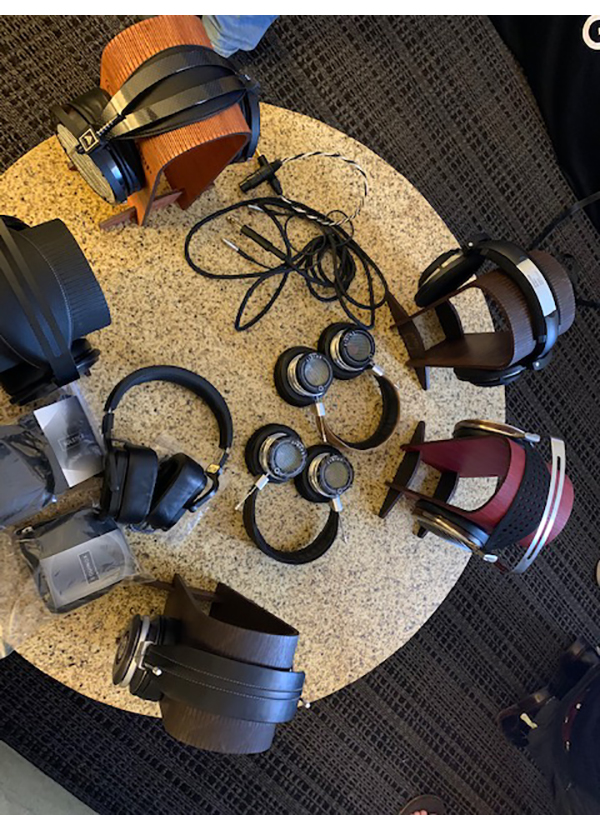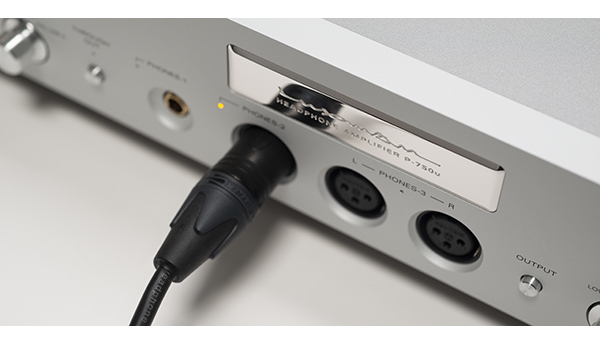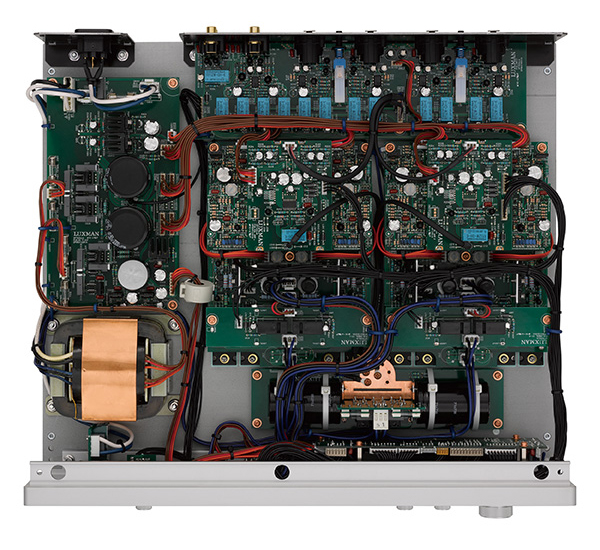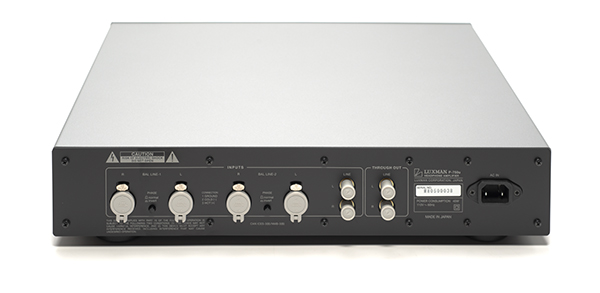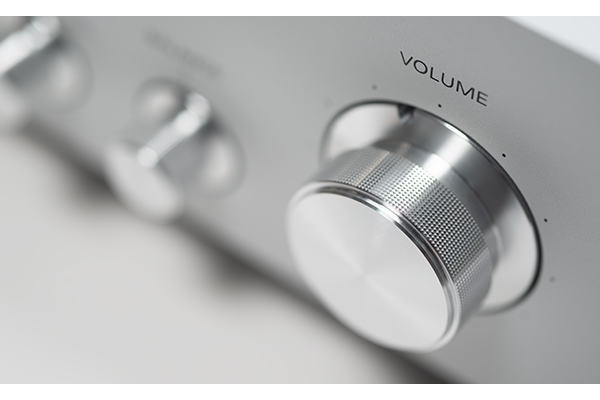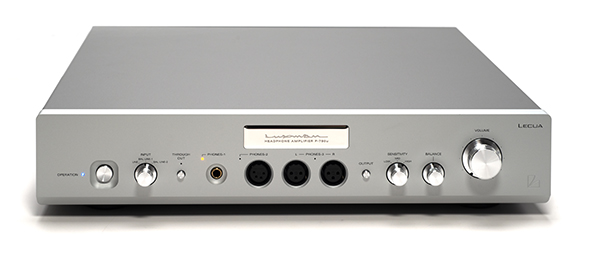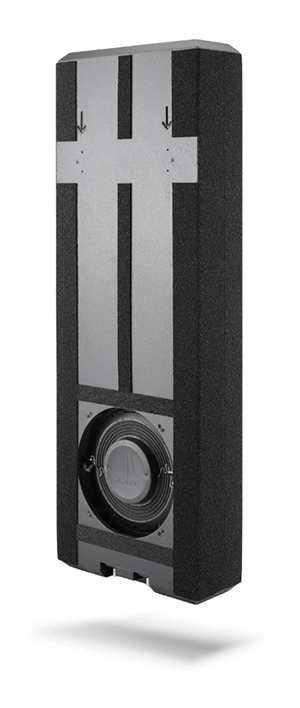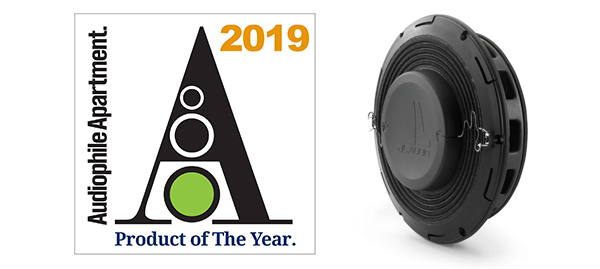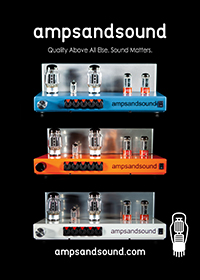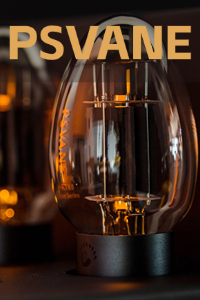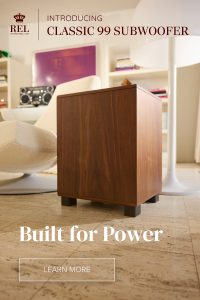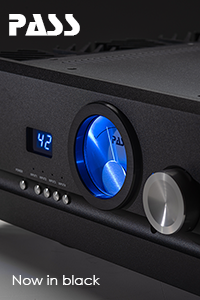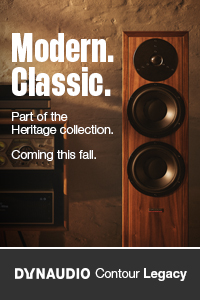Here’s the real quandary with the Florida Audio Expo: I want all of you to come to Tampa next year and hang out with us, because this is the most enjoyable show I’ve been to in years.
Seriously, how many show reports have you seen on these pages? If you want room by room coverage, head over to Soundstage Network, and peruse their coverage. No one does a more thorough job than Doug Schneider and his crew. They will tell you what was in every single room, which actually might entice you to make the journey next year.
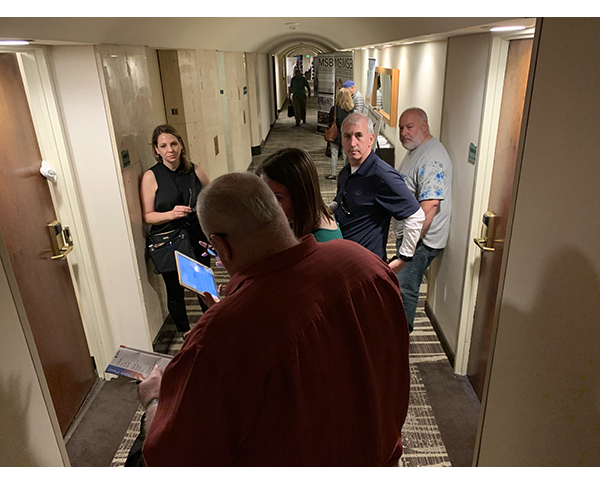 Here’s the rub. Personally, I don’t want this show to get much bigger. That’s selfish and totally wrong of me to say, but what makes the Florida Audio Expo so much fun is the boutique nature of this event. The four presenters of the show are out in the crowd mingling, having a drink here and there, and becoming part of the vibe. That’s what makes it so unique.
Here’s the rub. Personally, I don’t want this show to get much bigger. That’s selfish and totally wrong of me to say, but what makes the Florida Audio Expo so much fun is the boutique nature of this event. The four presenters of the show are out in the crowd mingling, having a drink here and there, and becoming part of the vibe. That’s what makes it so unique.
Best of all, the guys producing the show are all audiophiles to the core. And the women in charge of the event’s PR, Sue Toscano and Angela Speziale, are the best in the business. There’s a level of realism here that doesn’t exist anywhere else in the industry, except the Capital Audiofest. Munich and Axpona are fantastic shows if you want to see everything the world of audio has to offer, and they are both impeccably run. But they are big shows, and that’s a different (yet equally valid) groove.
The show is spread out over 12 floors, and the three elevators never kept anyone queued up too long. As with most other HiFi shows, your best bet is to start at the top and walk two short flights of stairs from floor to floor. RMAF is an excellent workout for those of you with Crossfit memberships, but you’ve only got so much time to experience what you came to see. Again, about 60 rooms makes it easy to get a chance to see everything, hang out, ask some questions, post to your Facebook page, and so on.
Where last year’s inaugural event was supported primarily by dealers, the nearly doubling in ranks this year made for plenty of manufacturers. It would be very wrong of you to think of the Florida Audio Expo as a “dealer show.” The mix of big brands you know and love, along with some of the more boutique brands, make for a wide variety of audio experiences. The ground floor features major suites with large systems from Luxman/Magico, VAC/Von Schweikert, and MBL. All are equally stunning, offering completely different presentations.
Fans of personal listening were well represented too. Even though there was not a separate Can-Jam here, there were plenty of headphone and headphone amplifier manufacturers present, with a wide range of things to listen to. Whenever I dropped in a headphone or headphone related room, they were packed.
If I had to pick one thing I’d like to see more of at this show, it would be a few more big suites, so that the uninitiated could have a chance to hear what a world-class HiFi system sounds like. All things considered, the mix was good, and quite a few people were getting good enough sound in the smaller, upstairs rooms to pull people in. But I feel there’s nothing like hearing a great system in a big room.
I heard fewer audiophile standards being played than in many recent shows. Still, because there wasn’t enough network bandwidth to go around, most attendees were limited to what was in the rooms. The toughest part of this was Qobuz was listed as the “streaming audio partner” of the show. Hopefully, by next year, everyone will figure out how to get streaming into every room and workable. Again, if we are to at least partially be holding these events for those unfamiliar with our world, we need to meet them halfway with some of their music to audition.
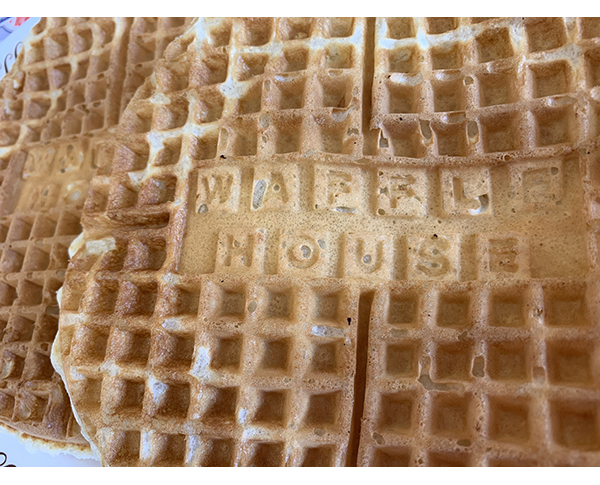 With a massive mall across the street, another group of restaurants a few blocks to the right as you walk out of the hotel (think getting more steps!) and a Waffle House next door, there are plenty of options for dining beyond what is available at a self-contained (and ridiculously expensive) venue like the Denver Gaylord. No offense to my fellow show-goers, but I’m gonna guess that someone that doesn’t want to pay $15 a month for a ROON subscription is probably going to bristle at $37 for breakfast. I know I did.
With a massive mall across the street, another group of restaurants a few blocks to the right as you walk out of the hotel (think getting more steps!) and a Waffle House next door, there are plenty of options for dining beyond what is available at a self-contained (and ridiculously expensive) venue like the Denver Gaylord. No offense to my fellow show-goers, but I’m gonna guess that someone that doesn’t want to pay $15 a month for a ROON subscription is probably going to bristle at $37 for breakfast. I know I did.
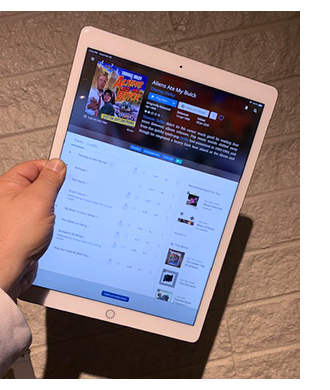 Minor nits aside, this is a fantastic show, with an off the chart friendliness factor. I’ve never enjoyed a HiFi show as much as the Florida Audio Expo. This is what high-end audio needs more of, if we are going to attract new people and do something inviting for the un-initiated. I’m putting my money where my mouth is, and we will definitely have a room at next year’s event. I hope to see you there, and I promise to pass you the iPad. You can play whatever you want.
Minor nits aside, this is a fantastic show, with an off the chart friendliness factor. I’ve never enjoyed a HiFi show as much as the Florida Audio Expo. This is what high-end audio needs more of, if we are going to attract new people and do something inviting for the un-initiated. I’m putting my money where my mouth is, and we will definitely have a room at next year’s event. I hope to see you there, and I promise to pass you the iPad. You can play whatever you want.




